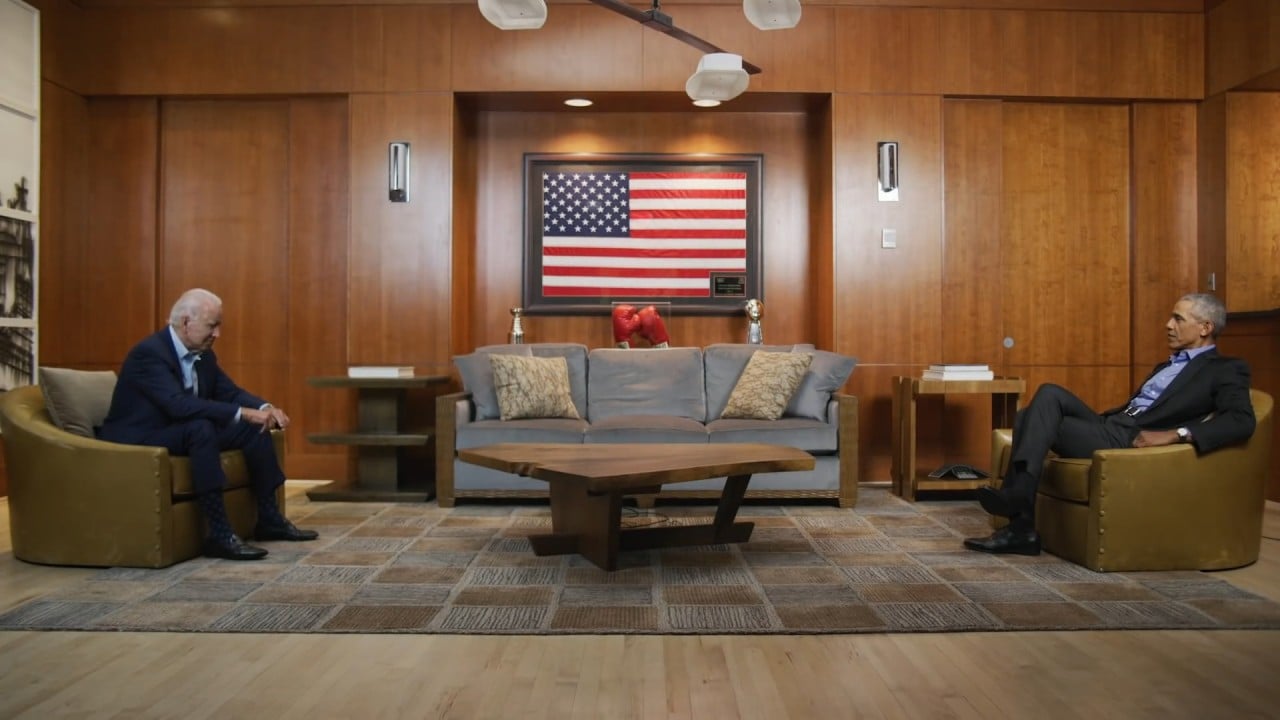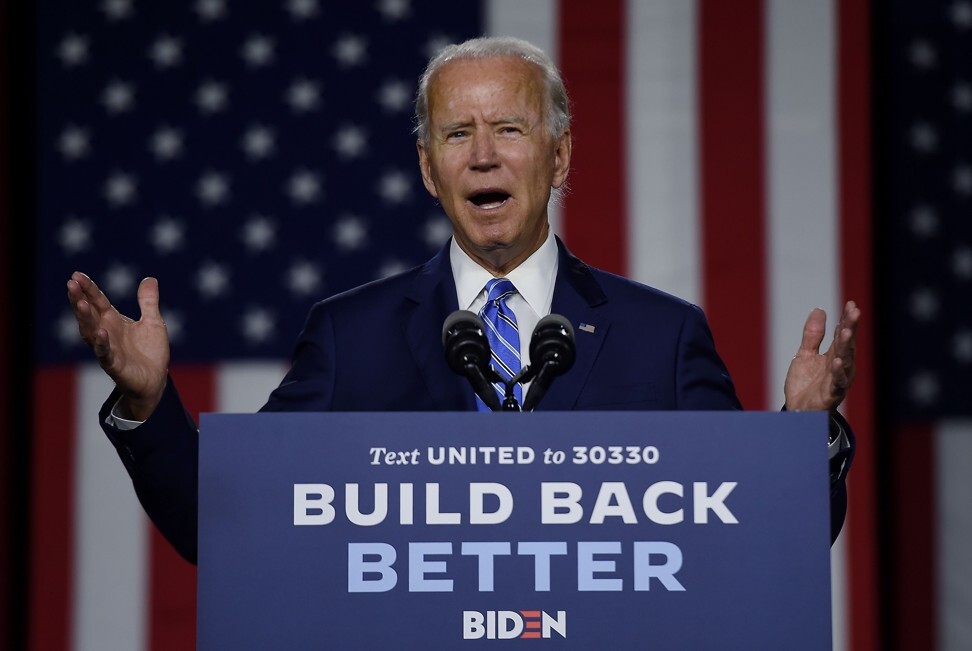
Under Joe Biden, average Americans will remain at the heart of US trade policy
- US attitudes towards free trade have shifted dramatically
- A Biden administration would not declare trade wars but would continue to prioritise workers and US manufacturing in its trade policy
US President Donald Trump and his Democratic rival Joseph Biden differ in many ways. But in trade policy, their differences are considerably less pronounced. In at least some areas, there is likely to be a fair amount of continuity in trade policy under a prospective Biden administration.
Three issues illustrate where the key similarities and differences are likely to lie.
First, a cornerstone of Trump’s trade policy is the belief that the United States needs a worker-based approach to trade. The objective of US trade policy – as spelt out by Trade Representative Robert Lighthizer – should not be to achieve foreign policy objectives or reap the theoretical textbook efficiencies of free trade.
Instead, it should ensure that all US citizens, including those without college degrees, can earn a stable living and have a reasonable shot at middle-class life.

04:37
Barack Obama and Joe Biden join forces in new campaign video targeting US President Trump
Do not expect a dramatically different posture under a Biden presidency. Biden has promised to “stand up for American workers” and under his recently released “Made in America” plan, “the goal of every decision about trade must be to build the American middle class, create jobs, raise wages, and strengthen communities”.
This would be accomplished by, among other things, taking more “aggressive” trade enforcement actions on a list of grievances similar to those pursued by the Trump administration. Biden’s policies on this front are so similar that Trump has accused him of plagiarism.

11:17
WTO nominee vows to bring US and China to negotiating table
The post-war US approach to institutionalised trade governance has been to view the global trade system as a means to a much larger end: an opportunity to foster cooperative, rules-based relationships among nations that had fought two world wars in two generations, and to generate global economic development built on interdependence.
The Trump administration argues, however, that US economic interests – especially those of average workers – have been thrown overboard in favour of the so-called greater good, that the WTO has been a “bad deal”, permitting others to “take advantage” of the US.
Between Trump and Biden, China is likely to prefer the devil it knows
Here, we are likely to see deeper differences in a Biden administration. Throughout his long career, Biden has been a stalwart supporter of the post-war system of multilateral institutions and, more broadly, in the value of working with allies.

02:32
Washington’s hardened position on Beijing’s claims in South China Sea heightens US-China tensions
The so-called US war on the WTO would cease under a Biden administration. However, there would inevitably be tensions between Biden’s worker-based approach to trade and WTO strictures. It remains to be seen, for example, how some of his “Buy American” proposals could be squared with US obligations under the WTO Government Procurement Agreement.
Something will have to give. But a Biden administration would attach much greater importance to the rules-based system and be considerably more cautious about actions that could undermine institutions and alliances.
“After the crisis is over, we have to have an industrial policy that assures that the United States has – in any future crisis – the ability to manufacture at home all the things that we need … we need a policy, be it subsidies or tariffs or whatever. Whatever it takes, we have to have industrial policies so we never find ourselves in this position again.”
Biden is unlikely to disagree. His “Build Back Better” plan lays out an aggressive industrial policy aimed at, among other things, reshoring supply chains through subsidies, tax incentives, public-private partnerships and ample government funding. Biden has pledged to “use the full power of the federal government to rebuild US domestic manufacturing capacity”.

Under a Biden presidency, the confrontational style and combative rhetoric on trade issues favoured by Trump would be gone. But the underlying philosophy – that the interests of US workers needs to be reasserted in trade policy – would largely continue.
This is a reflection of how dramatically the public, political and policy consensus on trade in the US has shifted in recent years. The traditional embrace of free trade has been replaced by open questioning of how much the theoretical benefits of trade have materialised for average Americans, and whether the US is well-served by the trade rules.
Those hoping that an electoral defeat for Trump in November will signal an enthusiastic return to the US’ long-standing commitment to open trade and ever-deepening economic integration are likely to be disappointed. The Rubicon has been crossed. Biden is crystal clear on this point: “There’s no going back to business as usual on trade with me.”
Stephen Olson is a research fellow at the Hinrich Foundation

